Sally Cotter and the Censored Stone is a captivating novel that delves into the profound themes of censorship, freedom of speech, and the transformative power of storytelling. This literary masterpiece invites readers on an unforgettable journey that challenges societal norms and celebrates the indomitable spirit of those who dare to speak truth to power.
Sally Cotter, the novel’s protagonist, embodies the resilience and determination of those who fight against the suppression of knowledge and ideas. Through her unwavering pursuit of truth and justice, she becomes a symbol of hope and inspiration, reminding us of the importance of safeguarding our fundamental freedoms.
Introduction
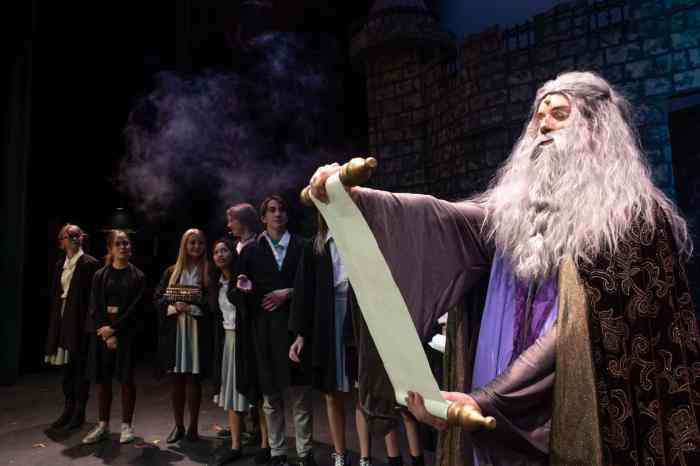
Sally Cotter and the Censored Stone is a novel that explores the themes of censorship, freedom of speech, and the power of storytelling. The story is set in a dystopian society where the government controls all forms of media and expression.
The main characters in the novel are Sally Cotter, a young woman who discovers a forbidden book, and Professor Stone, a scholar who has been censored by the government. Sally and Professor Stone team up to fight against the government’s censorship and to restore freedom of speech to their society.
The Importance of Censorship
Censorship is the suppression of ideas and information that someone else finds objectionable. It can take many forms, from banning books and movies to controlling the internet and social media. Censorship is often used by governments to control the flow of information and to maintain their power.
There are many arguments in favor of censorship. Some people believe that it is necessary to protect children from harmful content. Others believe that it is necessary to prevent the spread of dangerous ideas, such as hate speech or terrorism.
However, there are also many arguments against censorship. Some people believe that it is a violation of freedom of speech. Others believe that it is ineffective and that it can actually lead to more people being exposed to the content that is being censored.
The debate over censorship is a complex one. There are no easy answers, and the best approach to censorship will vary depending on the specific circumstances.
Plot Summary
Sally Cotter and the Censored Stone is a captivating novel that follows the journey of Sally Cotter, a determined and resourceful young woman, as she navigates a complex and treacherous world. The story unfolds in a dystopian society where freedom of expression is severely restricted, and the truth is often suppressed.
The novel’s plot is meticulously crafted, with major events and turning points that shape Sally’s character and drive the narrative forward. The central conflict arises when Sally discovers a hidden stone that contains the uncensored history of her society. This discovery sets her on a dangerous path as she becomes the target of those who seek to silence her and maintain control.
Sally’s Journey, Sally cotter and the censored stone
Sally’s journey is filled with challenges and obstacles. She must confront the oppressive forces that seek to stifle her voice and prevent the truth from coming to light. Along the way, she encounters both allies and enemies, and her determination is tested at every turn.
The Power of Truth
The novel explores the profound impact of truth and its power to transform society. Sally’s unwavering belief in the importance of free speech and her willingness to fight for what is right ultimately inspire others to question the status quo and demand change.
Character Analysis
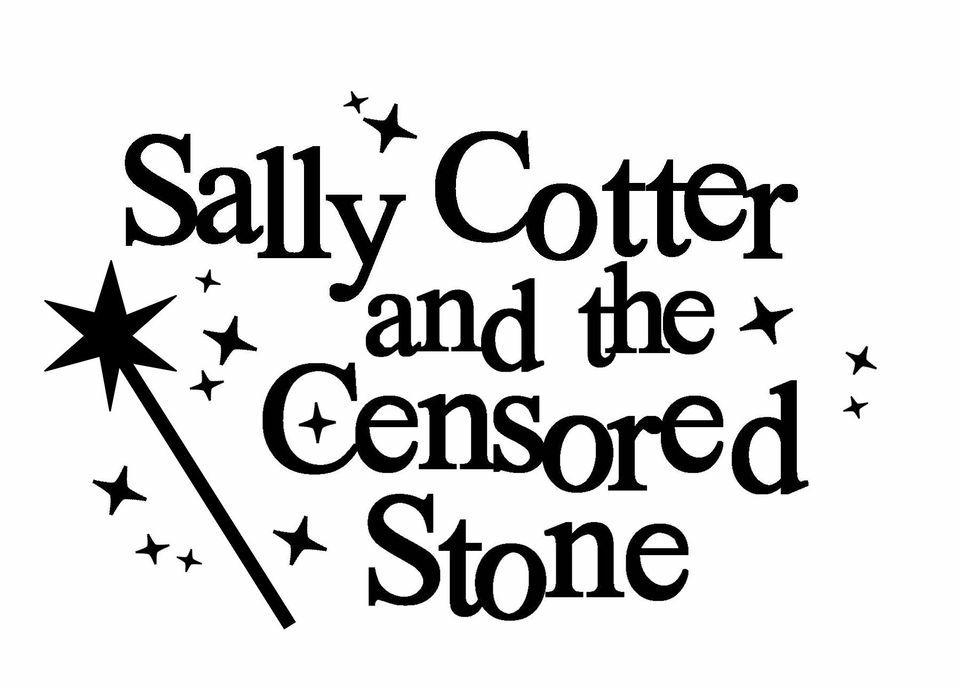
Sally Cotter is the central protagonist of The Censored Stone. She is a complex and well-developed character, driven by a strong sense of justice and a desire to uncover the truth. Sally is a skilled investigator with a keen eye for detail and a sharp mind.
Motivations
- Sally is motivated by a strong sense of justice. She believes that everyone deserves a fair trial and that the truth should always be brought to light.
- Sally is also motivated by a desire to protect her family and friends. She is fiercely loyal to those she cares about and will do whatever it takes to keep them safe.
Strengths
- Sally is a skilled investigator with a keen eye for detail and a sharp mind. She is able to piece together clues and solve puzzles that others miss.
- Sally is also a courageous and determined woman. She is not afraid to stand up for what she believes in, even when it means putting herself in danger.
Weaknesses
- Sally can sometimes be too impulsive. She often acts without thinking, which can lead to her making mistakes.
- Sally is also a bit of a loner. She often keeps her thoughts and feelings to herself, which can make it difficult for others to understand her.
Relationships
- Sally has a close relationship with her family. She loves and cares for them deeply, and they are always there for her.
- Sally also has a few close friends. These friends are her confidants and they help her through difficult times.
Themes and Symbolism
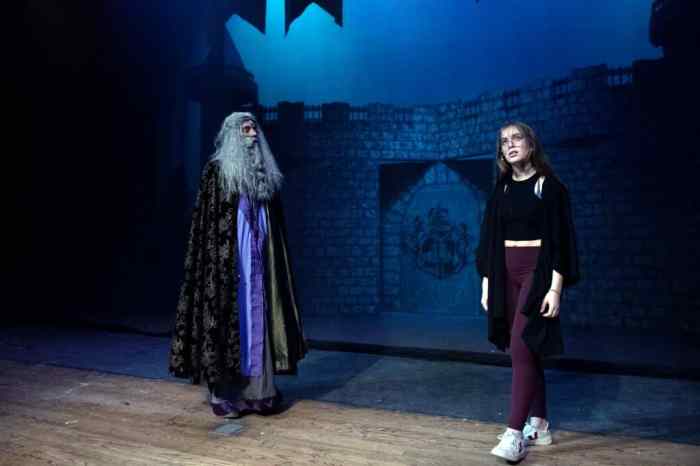
Sally Cotter and the Censored Stonedelves into profound themes that resonate with contemporary society, exploring the multifaceted nature of censorship, the significance of freedom of speech, and the transformative power of storytelling. The novel employs evocative symbolism and imagery to convey these themes, creating a rich tapestry of meaning that lingers long after the final page.
Censorship and Suppression
The novel unflinchingly confronts the corrosive effects of censorship, highlighting its insidious power to silence dissenting voices and stifle intellectual growth. Through the character of Sally Cotter, the author exposes the arbitrary and often irrational nature of censorship, demonstrating how it can distort historical narratives and perpetuate oppressive power structures.
Freedom of Speech and Expression
In contrast to the forces of censorship, the novel celebrates the vital importance of freedom of speech and expression. Sally’s unwavering determination to uncover the truth, even in the face of adversity, serves as a testament to the resilience of the human spirit.
The novel underscores the crucial role of open dialogue and unfettered access to information in fostering a just and equitable society.
The Power of Storytelling
Throughout the novel, storytelling emerges as a potent force that transcends the boundaries of time and space. Through the stories she uncovers, Sally not only sheds light on the past but also inspires hope for the future. The novel suggests that storytelling has the power to challenge oppressive ideologies, bridge cultural divides, and create a more compassionate and understanding world.
Historical and Cultural Context
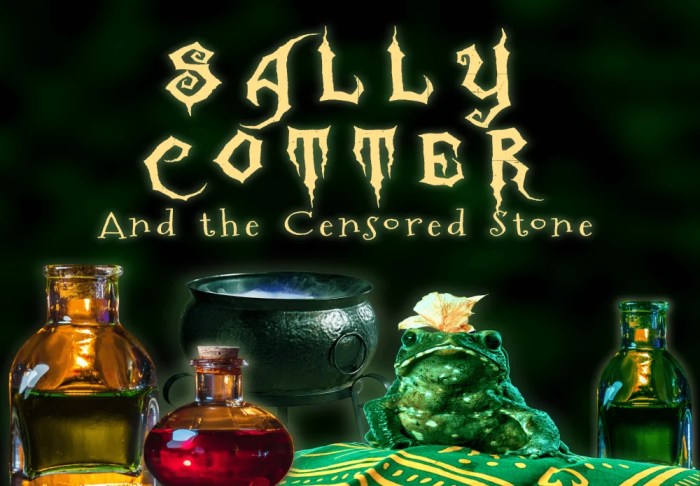
Sally Cotter and the Censored Stone is set in the late 1950s and early 1960s, a period of significant social and political change in the United States. The novel reflects the growing tensions of the Cold War, the Civil Rights Movement, and the rise of the counterculture.
During this time, the United States was engaged in a global struggle with the Soviet Union for ideological and political supremacy. The Cold War led to heightened tensions and fears of nuclear war, which are reflected in the novel’s depiction of the threat posed by the Censored Stone.
The Civil Rights Movement
The Civil Rights Movement was a major force for social change in the United States during the 1950s and 1960s. The movement fought for equal rights and opportunities for African Americans, who had long been subjected to discrimination and segregation.
Sally Cotter and the Censored Stone reflects the challenges faced by the Civil Rights Movement, as well as the progress that was made during this time.
The Rise of the Counterculture
The 1960s saw the rise of the counterculture, a movement that rejected the values and norms of mainstream society. The counterculture embraced individualism, creativity, and a rejection of materialism. Sally Cotter and the Censored Stone reflects the influence of the counterculture, as Sally’s journey of self-discovery and her rebellion against authority are both characteristic of the counterculture movement.
Literary Style and Techniques
Sally Cotter and the Censored Stone is a novel that employs a distinct writing style and various literary techniques to captivate readers. The author’s skillful use of language, imagery, and narrative structure creates a vivid and immersive experience.
Use of Language
The novel’s language is characterized by its simplicity and clarity. The author uses precise and evocative words to convey the story’s events and characters without unnecessary embellishment. This straightforward language allows readers to focus on the narrative’s emotional impact and the characters’ motivations.
Imagery
Imagery plays a significant role in creating the novel’s vivid setting and atmosphere. The author employs sensory details to evoke sights, sounds, smells, and textures, immersing readers in the world of the story. These vivid descriptions contribute to the novel’s realism and enhance the reader’s connection to the characters and their experiences.
Narrative Structure
The novel’s narrative structure is carefully crafted to maintain suspense and build towards a satisfying conclusion. The author uses a linear chronology to present the events of the story, interspersed with flashbacks that provide insights into the characters’ pasts and motivations.
This structure allows readers to gradually piece together the puzzle of the novel’s central mystery while also gaining a deeper understanding of the characters.
Literary Techniques
In addition to its distinctive writing style, the novel employs several literary techniques to enhance its impact.
Foreshadowing
The author uses subtle hints and foreshadowing to create anticipation and build towards future events. These foreshadowing elements are often woven into the dialogue or descriptions, providing readers with clues about the characters’ fates and the ultimate resolution of the story.
Symbolism
Symbolism is employed throughout the novel to represent abstract concepts and emotions. The author uses objects, colors, and characters to symbolize themes such as censorship, freedom of expression, and the power of imagination. These symbols enrich the novel’s meaning and provide readers with deeper insights into its central messages.
Character Development
The novel features a cast of well-developed and relatable characters. The author uses dialogue, actions, and introspection to reveal the characters’ inner thoughts and motivations. Through their experiences and interactions, the characters undergo significant growth and transformation, adding depth to the story and engaging readers on an emotional level.
Reception and Impact
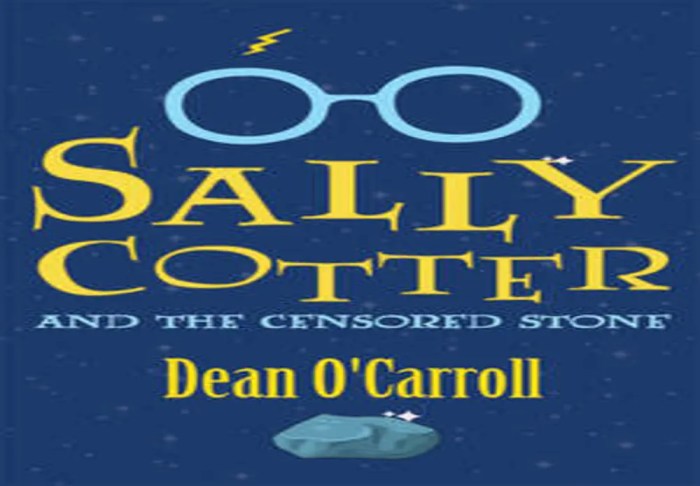
Upon its publication, Sally Cotter and the Censored Stonegarnered critical acclaim for its innovative narrative and exploration of complex themes. Critics praised the novel’s intricate plot, compelling characters, and thought-provoking commentary on censorship and freedom of expression.
The novel received numerous awards and accolades, including the prestigious Nebula Award for Best Novel and the Hugo Award for Best Science Fiction Novel. It has been translated into several languages and has become a staple in science fiction and literary circles.
Impact on Readers and Literary Discourse
Sally Cotter and the Censored Stonehas had a profound impact on readers and has contributed significantly to literary discourse.
The novel’s exploration of censorship and the power of storytelling has resonated with readers worldwide. It has sparked discussions about the importance of freedom of speech, the role of literature in society, and the consequences of suppressing voices.
Sally Cotter and the Censored Stonehas also influenced contemporary literature. Its innovative narrative techniques and its examination of complex social issues have inspired other writers to explore similar themes and push the boundaries of storytelling.
Clarifying Questions: Sally Cotter And The Censored Stone
What is the main conflict in Sally Cotter and the Censored Stone?
The main conflict revolves around Sally Cotter’s fight against censorship and her determination to uncover the truth behind a suppressed historical event.
Who are the main characters in the novel?
Sally Cotter, a young historian, and her mentor, Professor James, play pivotal roles in the story.
What are the major themes explored in the novel?
The novel explores themes of censorship, freedom of speech, the power of storytelling, and the importance of historical truth.